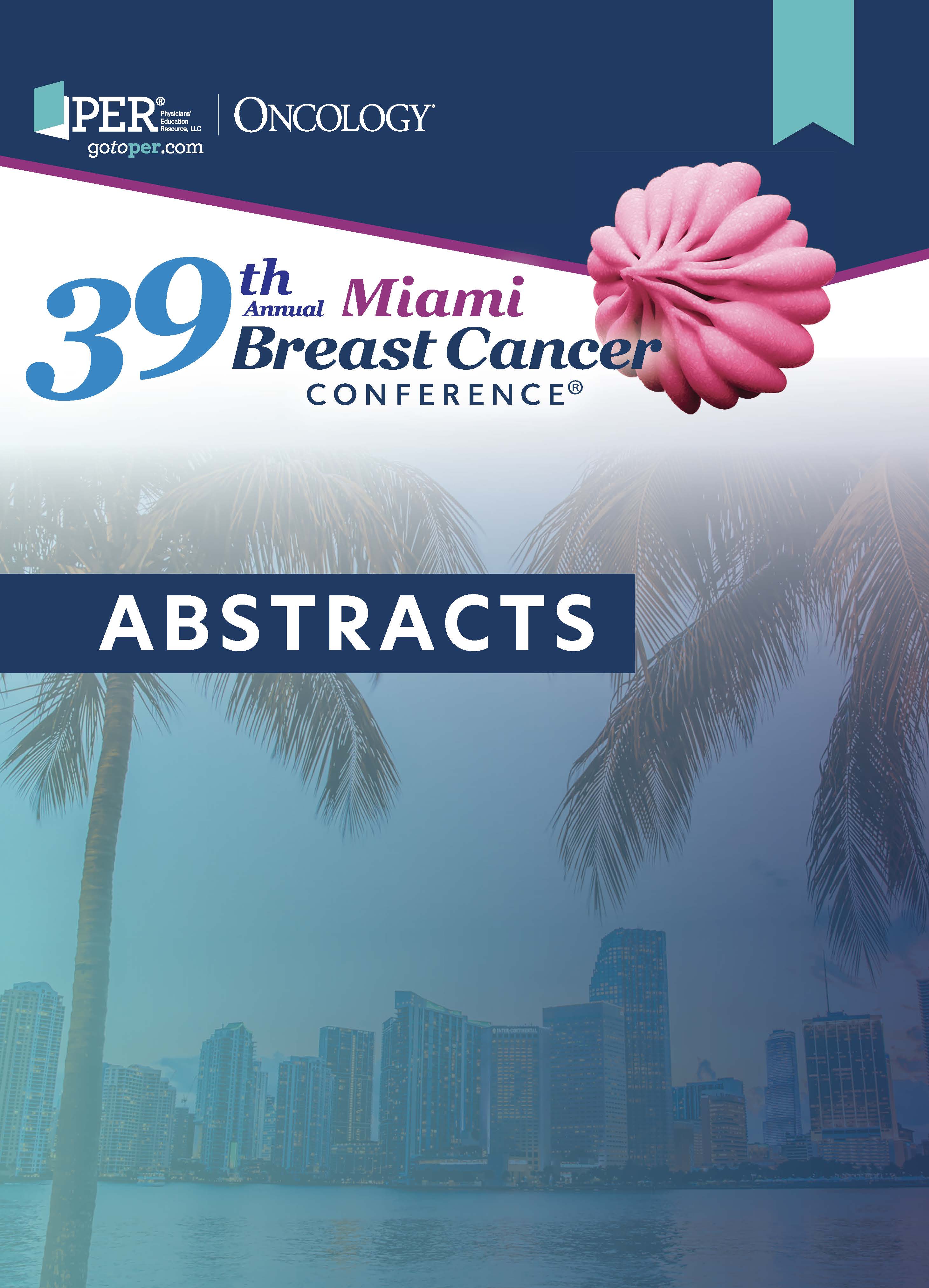3 Frequency of Germline Variants in Breast Cancer Predisposing Genes: Genetic Background of Brazilian Women With Breast Cancer
Background
Five percent to 10% of breast cancer cases present strong hereditary components; to date, several genes have been associated with breast cancer predisposition. The population background has to be considered, combined with other criteria, to assign pathogenicity to germline variants following the American College of Medical Genetics (ACMG) guidelines. However, there is a bias in large databases against underrepresented admixed populations, such as Brazilians, which makes it difficult to accurately interpret the clinical relevance of germline variants. To contribute to the characterization of the genetic background of breast cancer predisposition in the Brazilian population, we evaluate the frequency and spectrum of germline variants of breast cancer susceptibility genes in a cohort of Brazilian patients with breast cancer.
Material and Methods
Two hundred and five unrelated women with breast cancer were tested for germline variants in breast cancer predisposition genes between 2014 and 2021 in 2 Brazilian centers: the Human Genome and Stem Cell Research Center (n = 150) and the Institute of Fetal Medicine and Human Genetics of São Paulo (n = 55). Of the 205 women, 108 (52.7%) were diagnosed at 45 years or younger; 44.91% had a positive family history, defined as 1 or more first- or second-degree relatives diagnosed with breast or ovarian cancer. Genetic testing was performed using custom panels containing up to 37 breast cancer-predisposing genes. We selected only variants with frequency less than 0.5% in an international (Genome Aggregation Database) and a Brazilian population database (Online Archive of Brazilian Mutations). Filtered variants were classified as pathogenic (P), likely pathogenic (LP), or variant of uncertain significance (VUS) using the ACMG 2015 guidelines.
Results
Thirty-seven patients were found to carry P/LP variants (18.1%), and a VUS was detected in 33 (16.1%). Twenty of the P/LP variants affected the BRCA1 and BRCA2 genes, and the remaining 17 patients carry variants mapped to ATM, BRIP1, CHEK2, FANCD2, MUTYH, RAD51C, RAD51D, PALB2, and TP53 genes. The BRCA1 c.5074+2T>C pathogenic variant was identified in 3 patients, which represents 8.1% of the total molecular diagnosis (P/LP). It is interesting to note that this variant is absent from consulted population databases.
Conclusions
Our findings contribute to the characterization of the genetic background of breast cancer predisposition in the highly admixture Brazilian population as a useful resource to discriminate among deleterious variants.
Funding: This work was funded by FAPESP-CEPID (2013/08028-1) and CNPq Grants: CNPq (307611/2018-3), INCT-CETGEN (573633/2008-8).
Author Affiliations:
Gabriel Bandeira do Carmo,1* Monise Lazar,1 Suzana Ezquina,1 Guilherme Yamomoto,1 Thomaz Gollop,2 Mayana Zatz,1 Maria Passos-Bueno,1 Ana Krepischi,1 Oswaldo Keith Okamoto1
1Human Genome and Stem Cell Research Center, University of São Paulo, São Paulo, Brazil.
2Department of Gynecology and Obstetrics, Faculty of Medicine of Jundiai, São Paulo, Brazil.
*Corresponding author: gbcbandeira@usp.br
